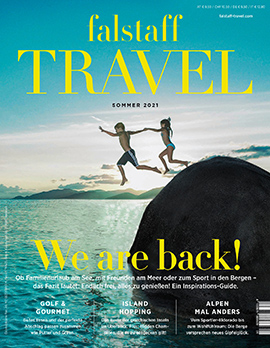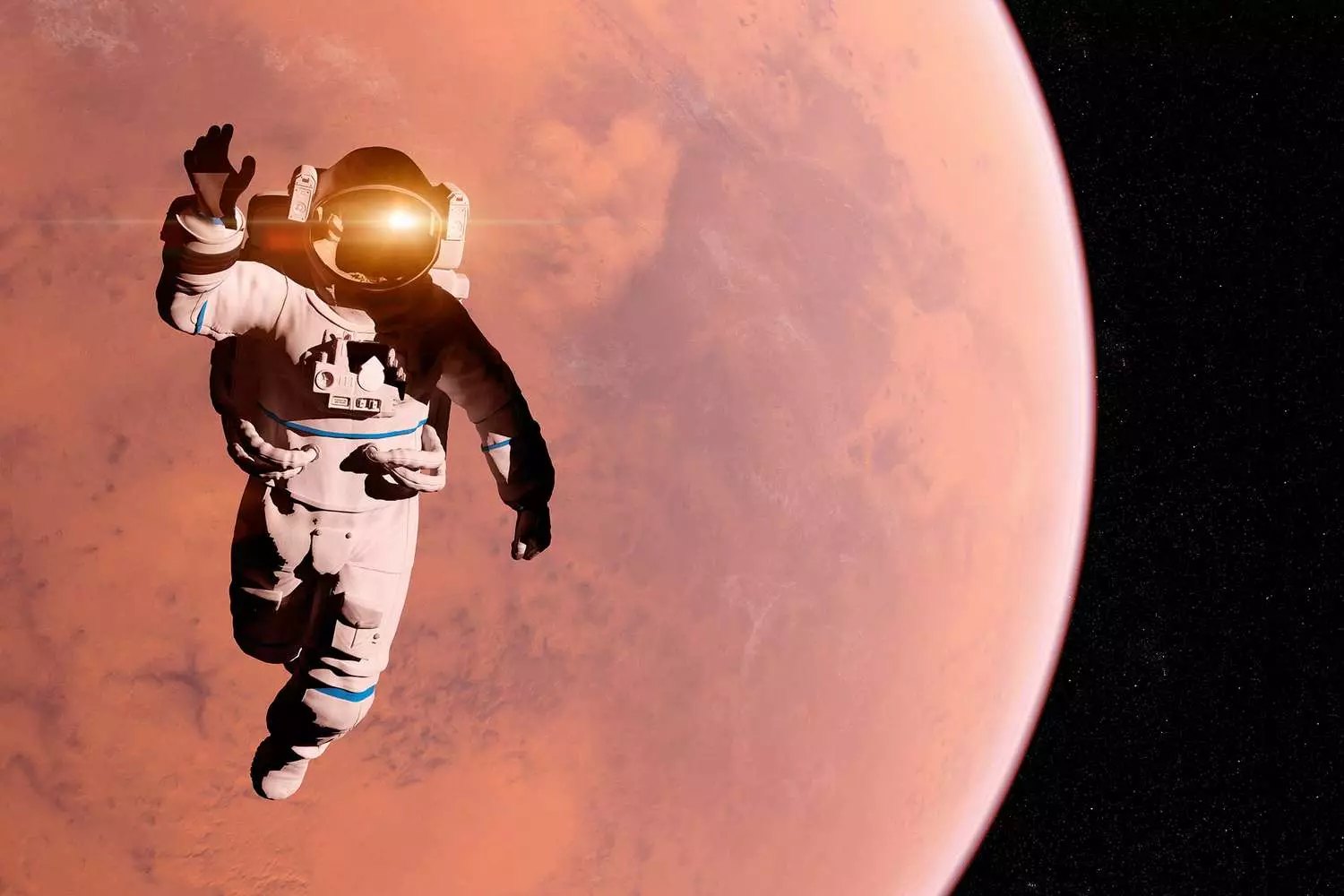
A selfie from space
The future of the weightless holiday
19 February 2021
Many dream of seeing the Earth from space. Private trips to space stations are still extremely expensive, but recently there has been movement in the market. A look into the future of weightless vacations.
Romance is guaranteed. The sun rises and sets 16 times on the International Space Station ISS. And that in one day. So every 90 minutes you have a fascinating evening glow that covers the blue planet Earth. Which holiday destination can even come close to keeping up with that?
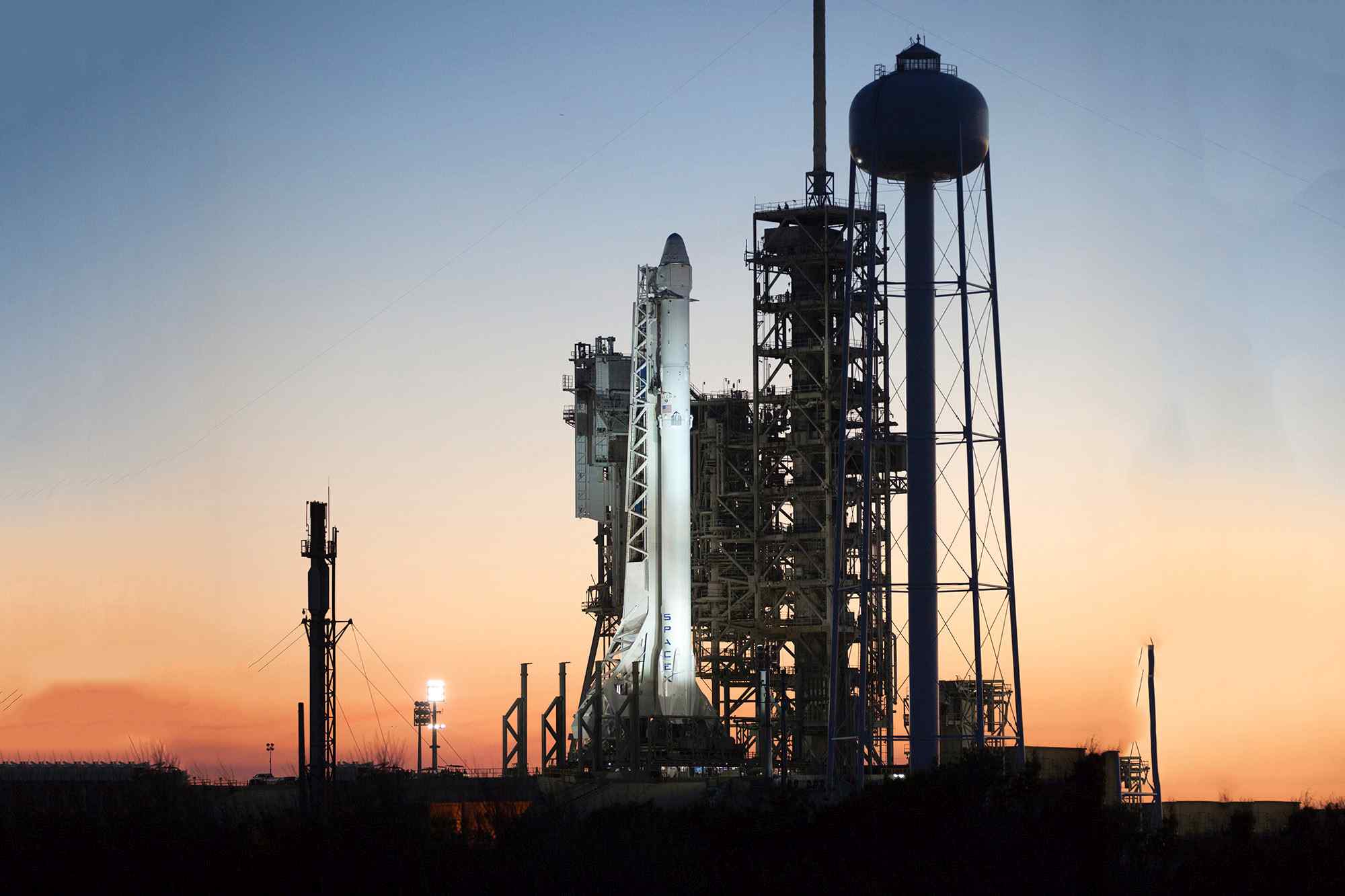
Although, of course, it must be said: A glass of champagne at sunset is an almost impossible challenge in zero gravity. In space, there is no up and down, not even in the glass. The carbonic acid is distributed irregularly, the taste of the fizz leaves much to be desired. That is, if you can even manage to drink it halfway in style. And the drops don't waft stickily through the cabin. Apart from these practical problems, alcohol is strictly forbidden on the ISS anyway. So far, the happy hour has had to be dispensed with. Although for experimental purposes last year even red wine was stored to see how weightlessness affects the aging process of wine. In an earlier experiment, whiskey aged much faster.
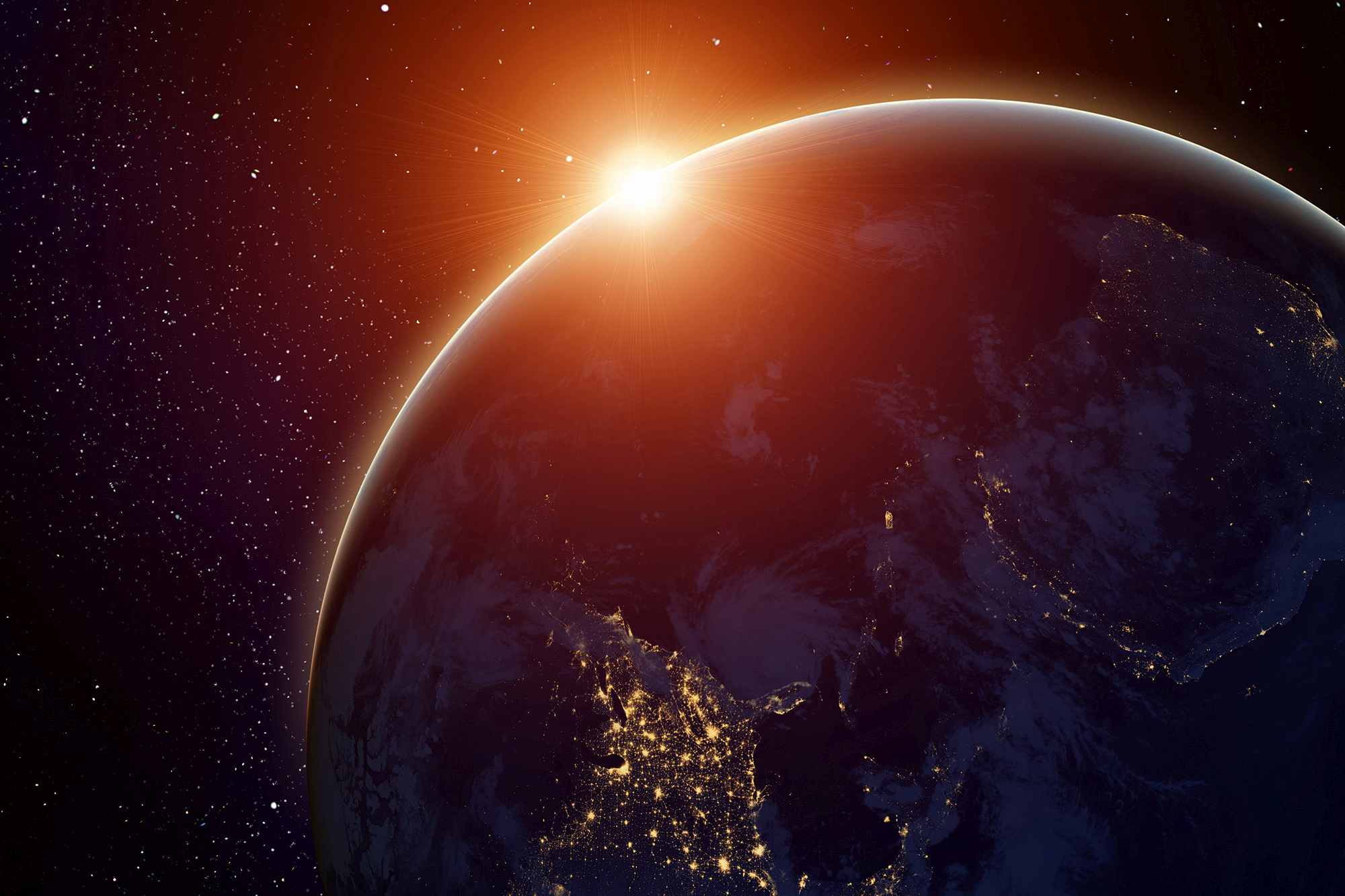
There's no question about it: a vacation in space is a challenge. At the same time, it is a dream of many to travel into space once in a lifetime. To see our planet from above, to experience what weightlessness feels like. The view of Earth must be breathtaking. But so far, only a select handful have been able to fulfill this eccentric dream. For about 20 years now, commercial flights have been available for private individuals who have enough spare change.Space tourism is the most exclusive and certainly the most costly form of travel, if only because you have to go through a lengthy training period to get your body used to the not exactly minor challenges in space.
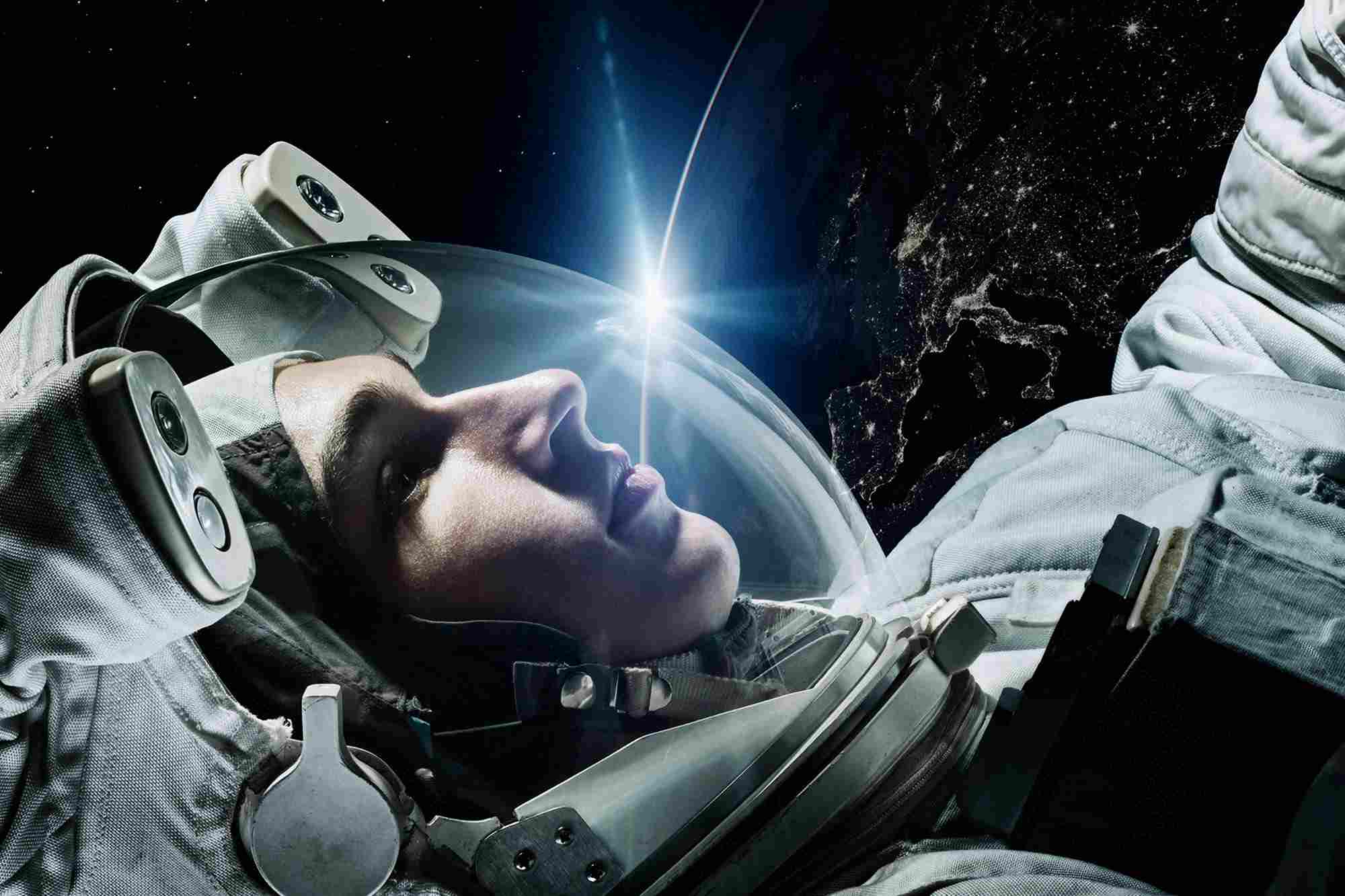
Space Tourist
Space tourism was born in 2001: US finance broker and former aerospace engineer Dennis Tito is considered the first person to have this not entirely cheap fun. He was in space for seven days and 22 hours before landing again on the steppes of Kazakhstan. This trip cost him around 20 million US dollars. In 2006, multimillionaire Anousheh Ansari became the first female space tourist. The documentary film "Space Tourists" (2009) accompanied her on her great adventure. Shows how to sleep in space, how to brush her teeth, also how cramped it can be on the space station. How she cleans her cabin, rides the vacuum cleaner and tries not to get tangled in the many cables. Luxury looks different. Nevertheless, Ansari seems extremely happy, beaming from ear to ear. After all, she has fulfilled her childhood dream. "Space Tourists" also provides insights into how space tourists train in the Russian Star City, a gated community northeast of Moscow, and how they choose their individual space food. In recent years, a lot has changed in this area, tube food is a thing of the past - today there are freeze-dried meals, from cheese spaetzle to pizza. Whatever your heart desires. Of course, there is also a more noble way. Meanwhile, French star chef Alain Ducasse has also developed 30 dishes that guarantee upscale cuisine: from spiced poussin to tuna in lemon sauce. The only drawback: both the appetite and the sense of taste diminish in weightlessness.
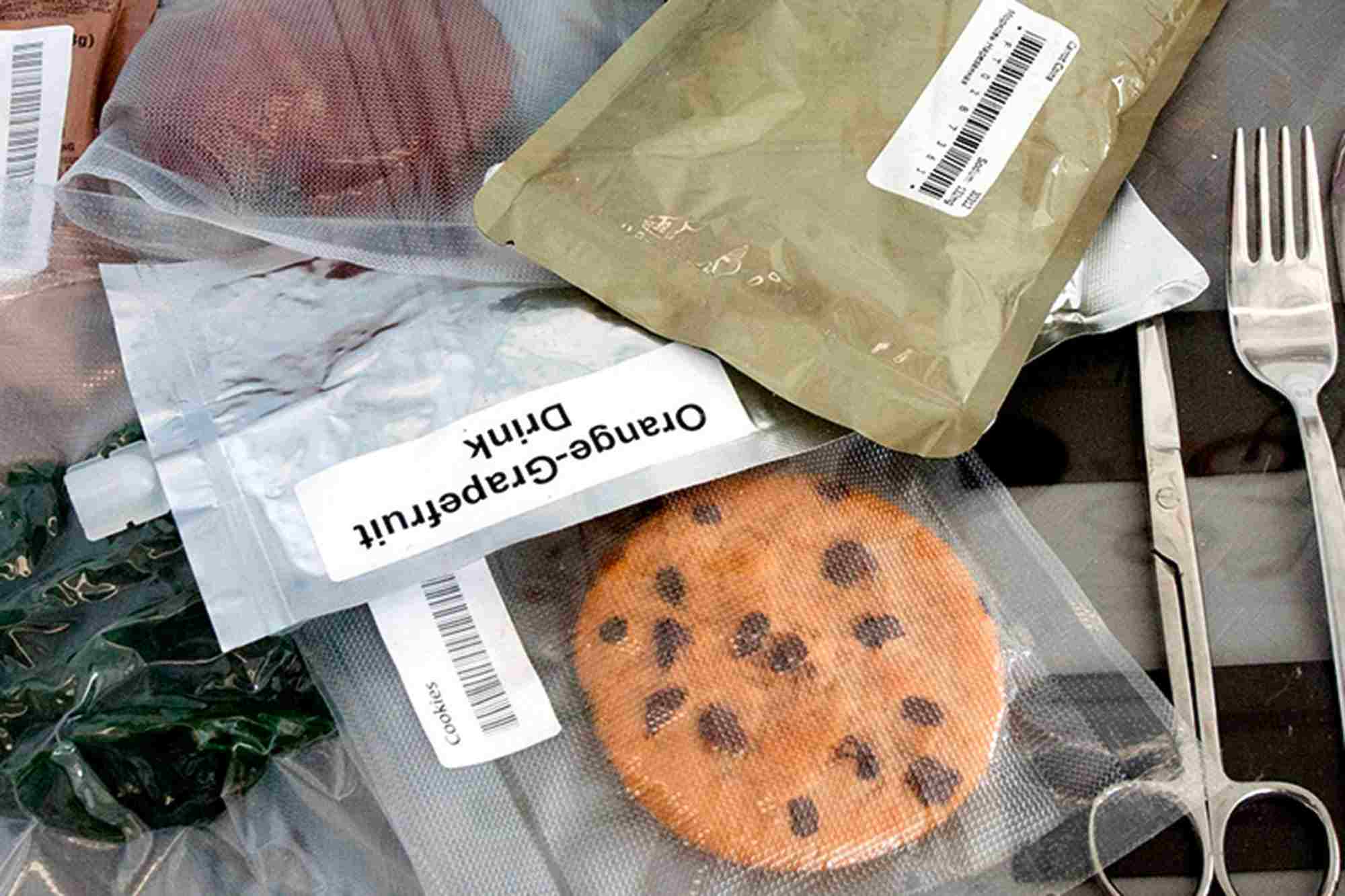
All Inclusive
Space tourists are a burden for the crew, which is ultimately in space to work. At the same time, private individuals help finance essential parts of the research with their trips, and the launch of a rocket swallows up vast sums of money. The last weightless tourist so far was the Canadian Guy Laliberté, founder of the circus group Cirque du Soleil, in 2009. Spectacular reports have popped up time and again in recent years, yet space tourism is still in its infancy. In 2018, it was said that French designer Philippe Starck had designed a space hotel for the super-rich. It's said to cost four to five million euros a night, arrival and departure included. The promising project was launched by the Texan company Axiom Space. From 2022, it should be possible to spend a holiday in the most exclusive hotel in the universe. The designer hotel module is to dock with the International Space Station ISS. Then the working astronauts would have less to do with tourists - only the journey is shared, then everyone goes their own way. 55 million US dollars costs ten days all inclusive. 15 weeks of training camps with professional astronauts and the rocket shuttle flight are included in the price.
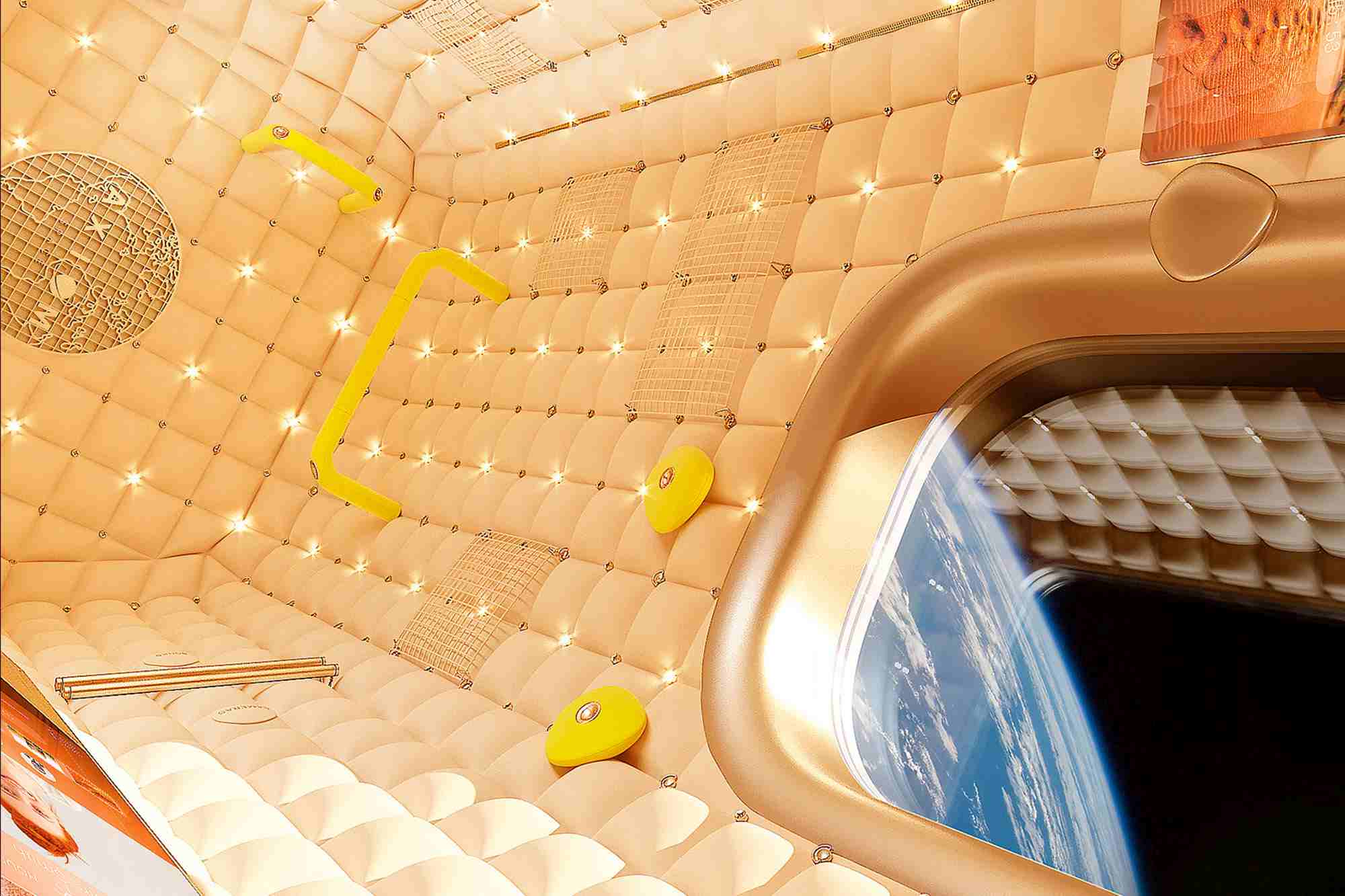
The living modules are hardly bigger than a telephone box, but luxuriously equipped, as can be seen in Starck's designs, which can be found on his homepage. The bedroom is lined with cream-colored fabric that looks like leather, and neon-colored handles add modern design accents. Hundreds of nano-LEDs provide soft light that changes regularly. There is also a screen to watch movies and listen to favorite music. He wanted to create a space where guests feel as safe as an embryo in the womb, stresses Starck, who of course also designed the matching space luggage. Axiom is reportedly still in talks with several European luxury fashion houses for the stylish space suit. Starck, by the way, has no desire to ever visit his own hotel. He's claustrophobic.
360 degree view of the earth
After years of stagnation, the space travel industry now seems to be on the move again. Several commercial providers are vying for dominance in space. SpaceX, the company of technology pioneer Elon Musk, wants to send tourists into space at the end of 2021 in partnership with Space Adventures. How much the flight will cost has not yet been made public. Orion Span also wants to offer twelve-day stays on its Aurora station in two years - at a cost of ten million US dollars. But, just to get on the waiting list, you'll have to deposit $80,000. Another provider is Bigelow Space Operations, which is considering inflatable modules that are shot up with rockets to save space and then unfold. Sounds daring, but it's already been tested on the ISS since 2016. Billionaire Robert Bigelow is also already thinking of using this system to vacation on the moon. How far the Corona pandemic thwarts the current plans is admittedly still the question. Bigelow Aerospace laid off all of its employees in March 2020. As is so often the case when it comes to space, reality lags behind dreams.
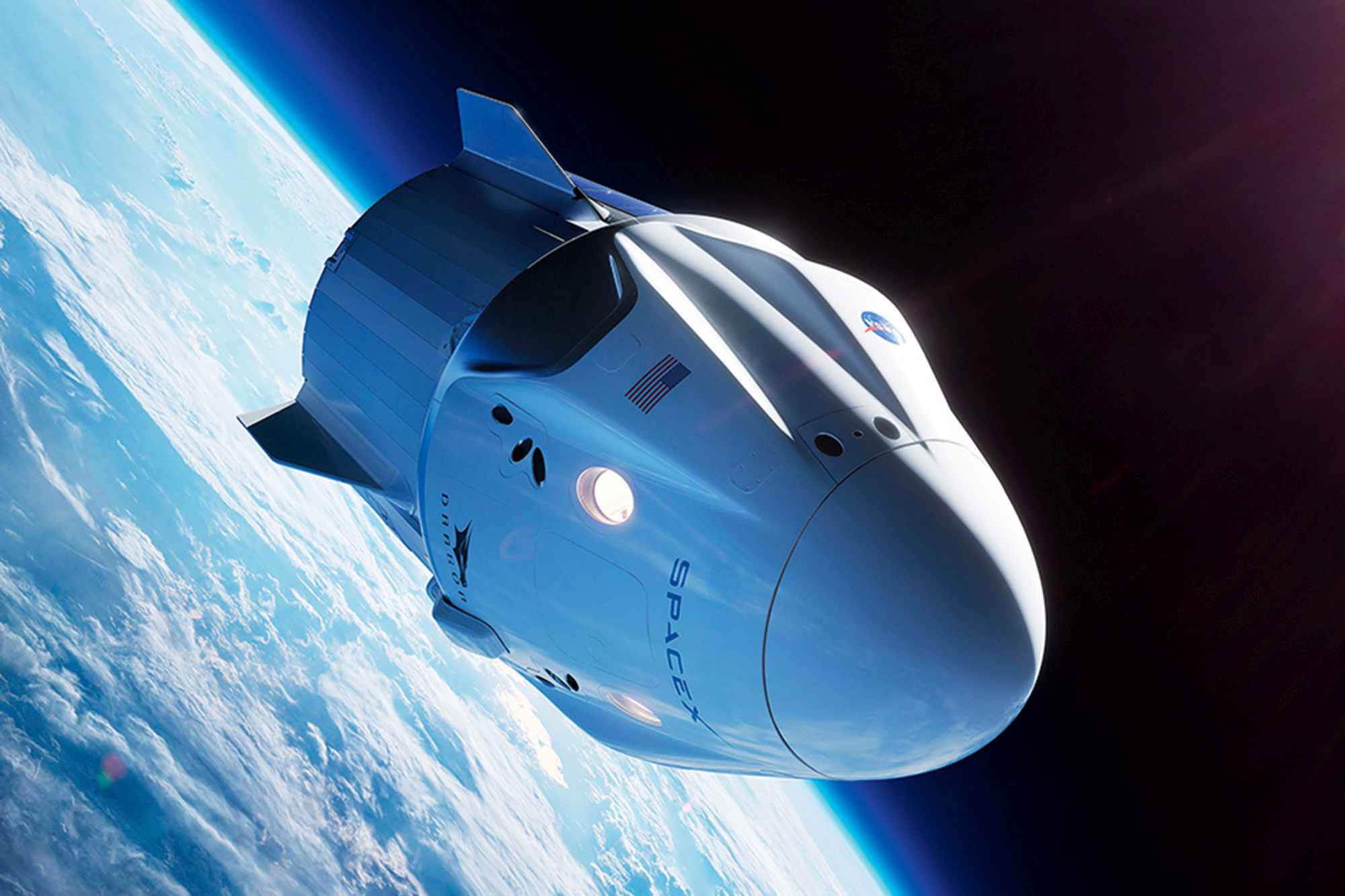
Still, experts agree that it won't be too long before commercial space travel becomes affordable for non-billionaires. Either way, we'll be there live. The Starck-designed hotel has Wi-Fi on board, of course. Taking a selfie in space? No problem. Showing off is strongly encouraged. By the way, the highlight of the hotel is a huge dome where a maximum of four passengers can stay to enjoy a 360-degree view of the Earth. The problem with the bar also seems to have been solved. There are now glasses that allow you to enjoy a drink in space in peace. Just like a perfect vacation should be. After all, the sunsets are too beautiful not to be romantic.
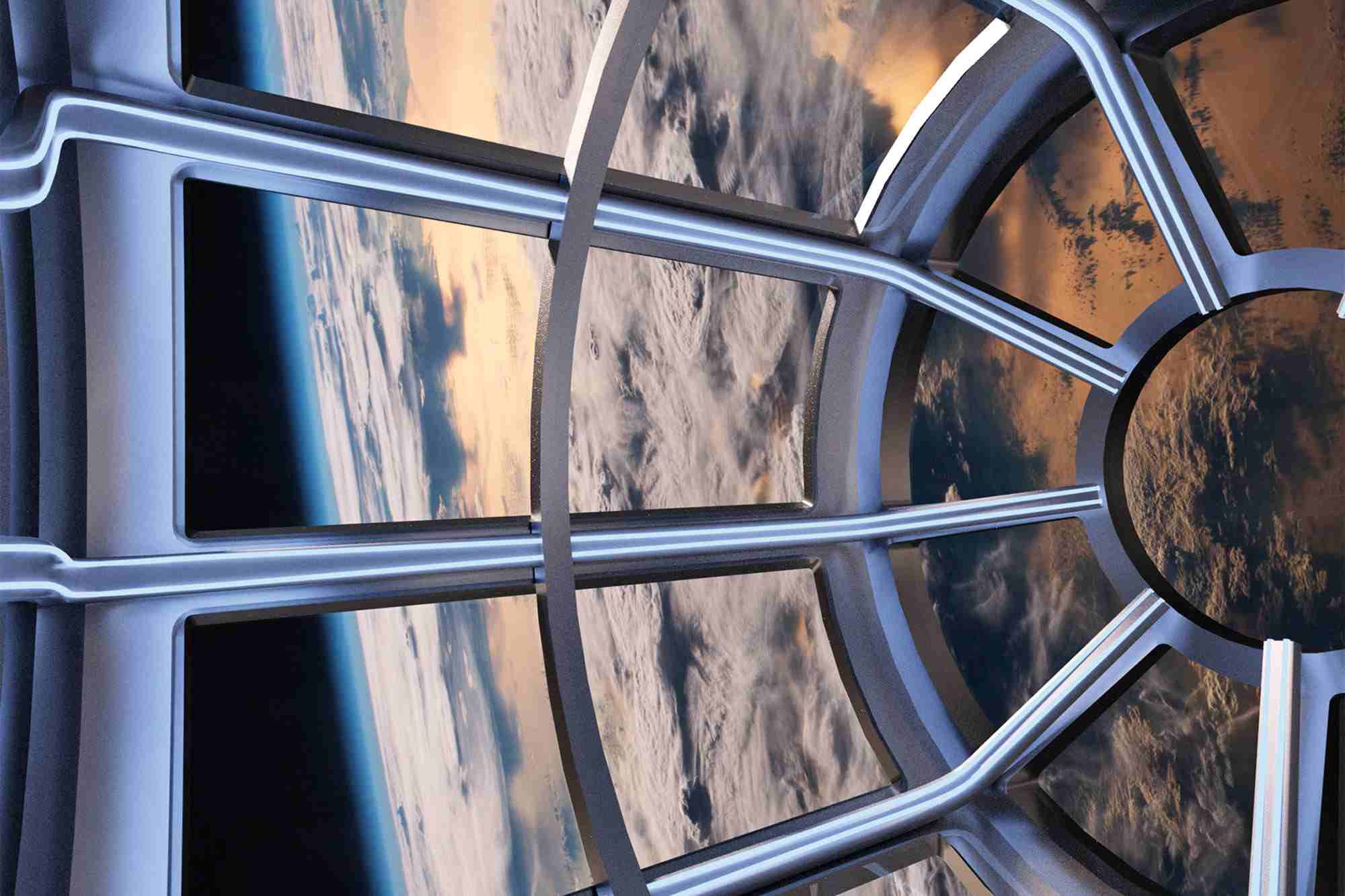
Picture Credits: Getty Images, Axiom Space, NASA/Glenn Benson, SpaceX
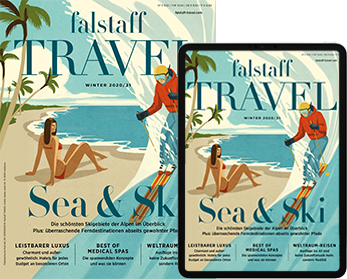
This article appeared in the Falstaff TRAVEL issue Winter 2020.
